Previous - Maltese coins before euro
Maltese euro coins - catalog with values
Republic of Malta
Reform 2008
Euro=100 euro cents
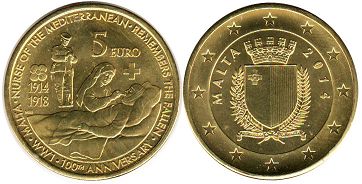
5 euro 2014
brass
commemorative coin
100 years of WW1
5 EURO / 1914 1918 / WW1 100 ANNIVERSARY / MALTA NURSE OF THE MEDITERRANEAN REMEMBERS THE FALLEN / Soldier and WWI nurse assisting wounded
MALTA 2014 / Coat of Arms
Coin value ~ 10-12 USD
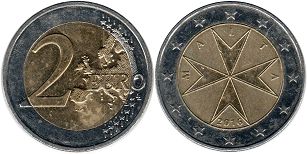
2 euro 2016 (2008- )
bi-metallic - nickel-brass/copper-nickel
2 EURO
MALTA 2016
Coin value ~ 3-4 USD
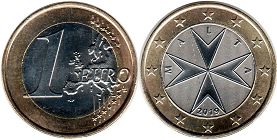
1 euro 2019 (2008- )
bi-metallic - copper-nickel/nickel-brass
1 EURO
MALTA 2019
Coin value ~ 2-3 USD
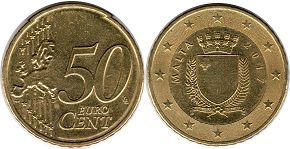
50 euro cent 2017 (2008- )
brass
50 EURO CENT
MALTA 2017
Coin value ~ 1-2 USD
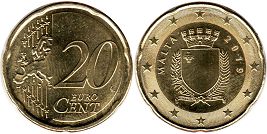
20 euro cent 2019 (2008- )
brass
20 EURO CENT
MALTA 2019
Coin value < US$1
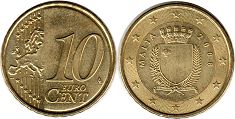
10 euro cent 2008 (2008- )
brass
10 EURO CENT
MALTA 2008
Coin value < US$1
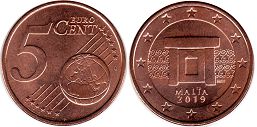
5 euro cent 2019 (2008- )
copper plated steel
5 EURO CENT
MALTA 2019
Coin value < US$1
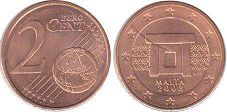
2 euro cent 2008 (2008- )
copper plated steel
2 EURO CENT
MALTA 2008
Coin value < US$1

1 euro cent 2008 (2008- )
copper plated steel
1 EURO CENT
MALTA 2008
Coin value < US$1
See also - Maltese commemorative 2 euro
Euro coins of other countries
AndorraAustria
Belgium
Croatia
Cyprus
Estonia
Finland
France
Germany
Greece
Italy
Ireland
Latvia
Lithuania
Luxembourg
Monaco
Netherlands
Portugal
San Marino
Slovakia
Slovenia
Spain
Vatican
Costs of Maltese euro coins in this catalog approximate and indicated specifically for the coin shown in the picture.
I do not buy or sell coins - this is just a catalog.

